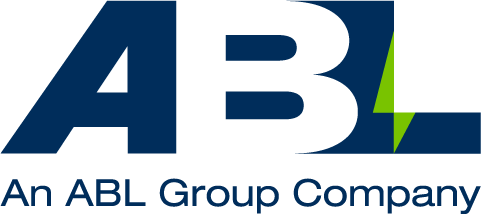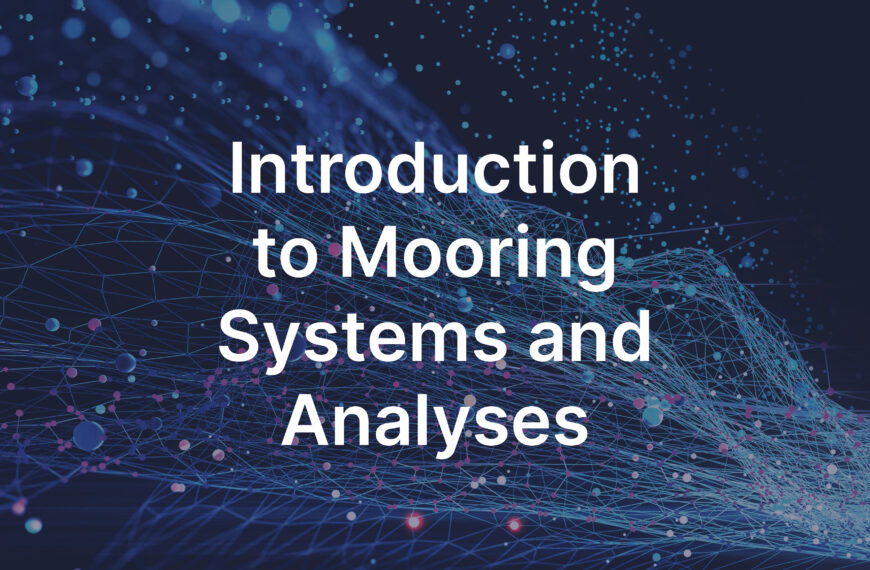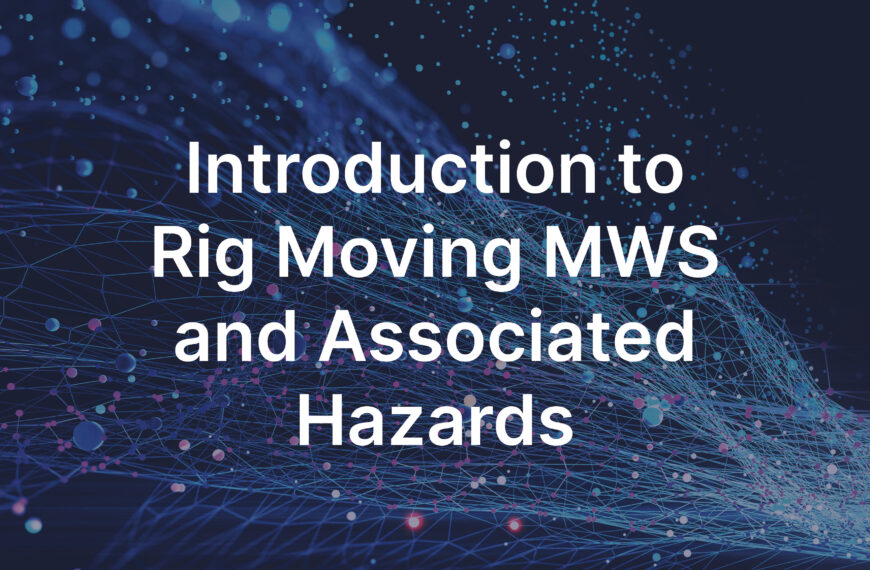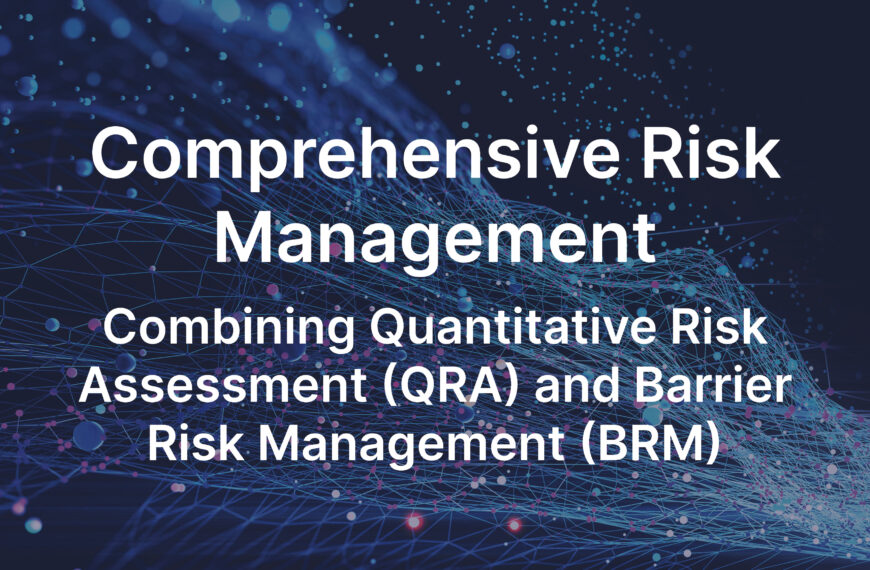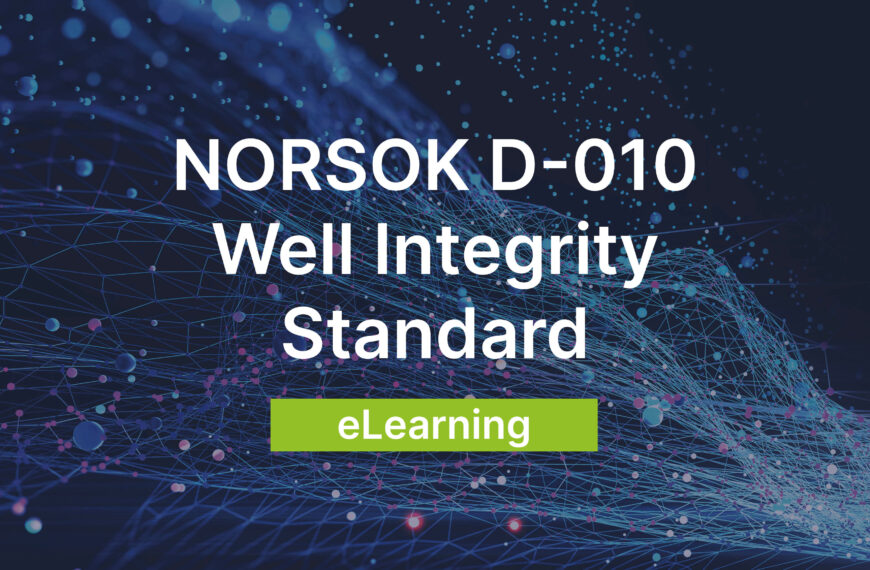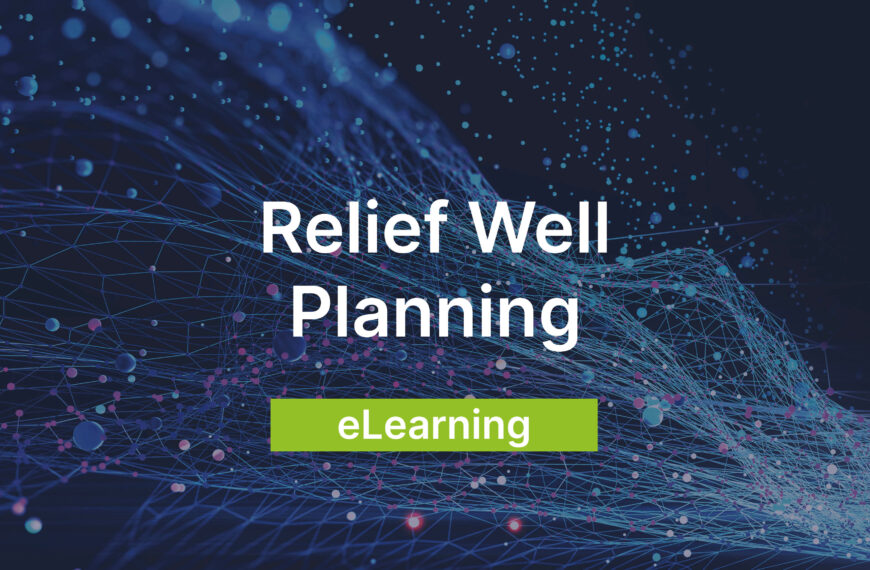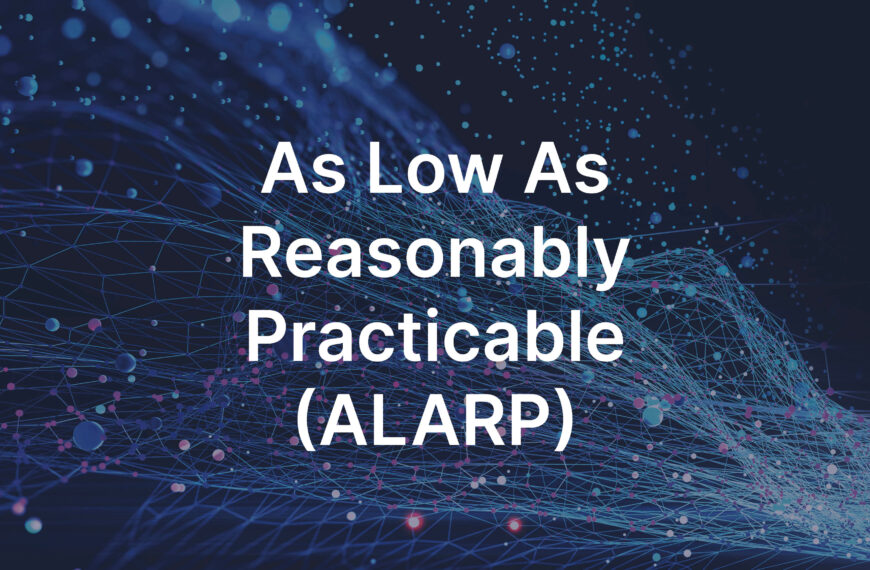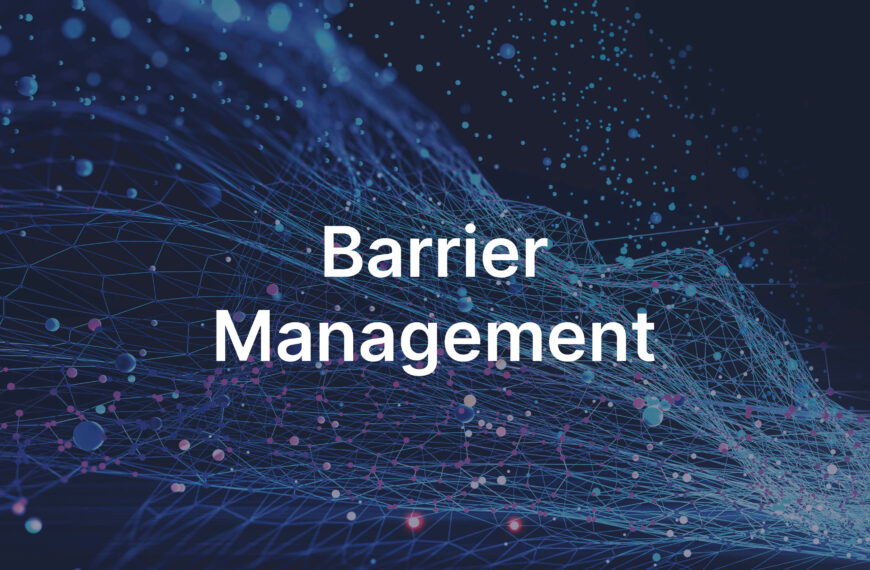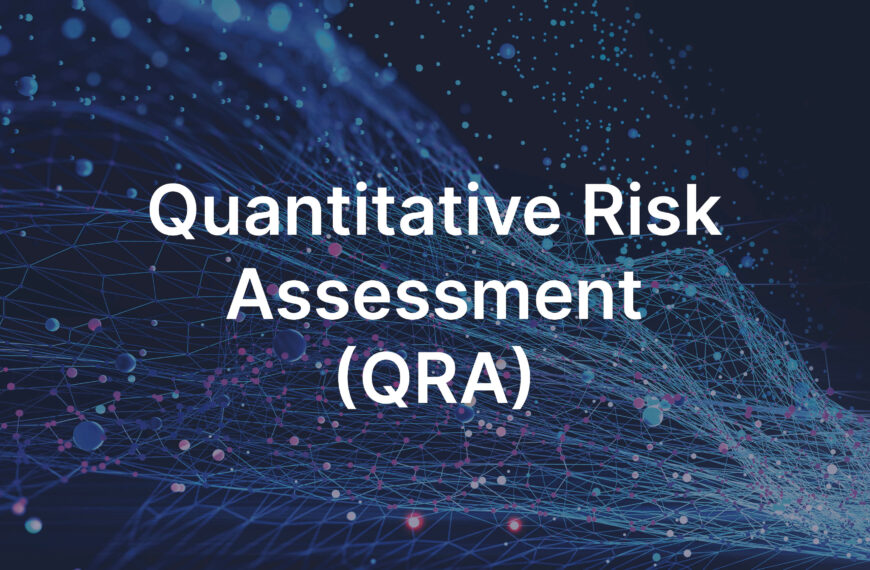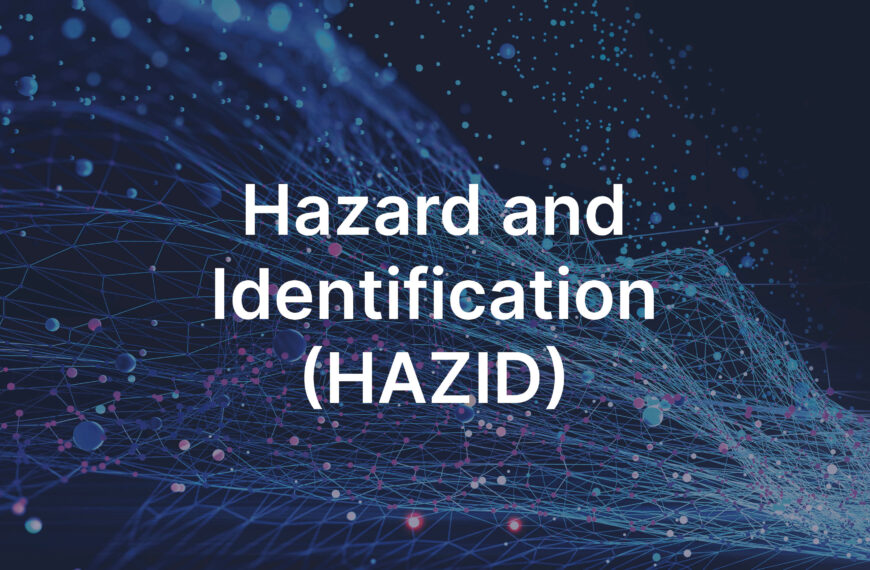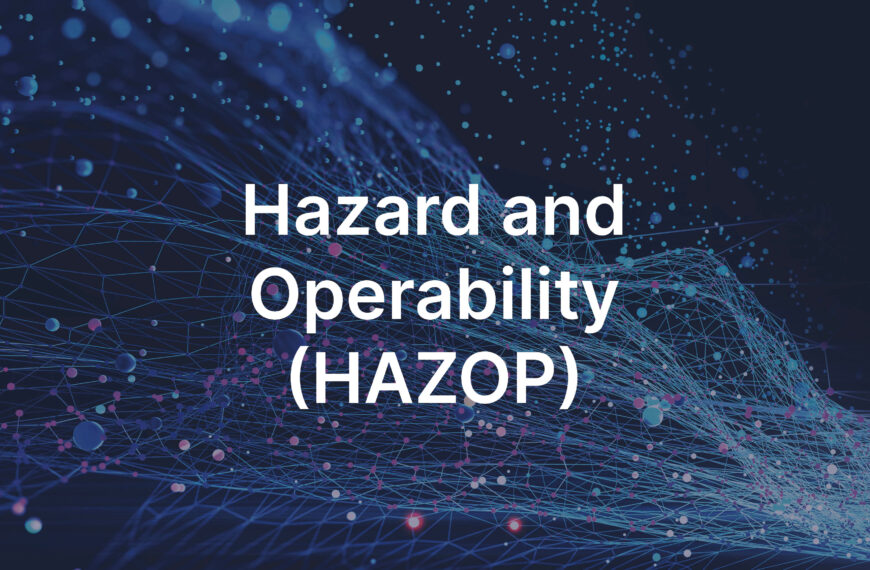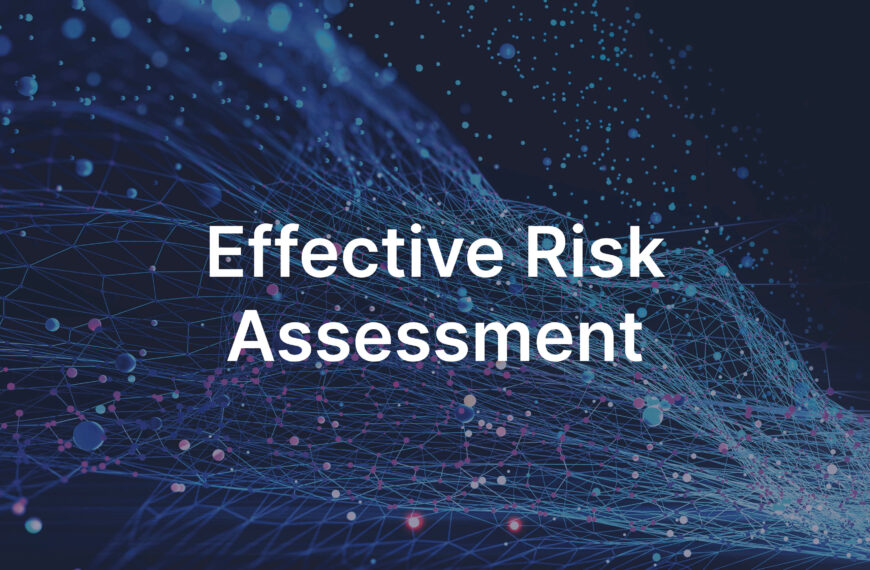Introduction to Mooring Systems and Analyses
This course will give learners an overview of offshore mooring systems, tailored to the specific needs of their sector. Participants will explore various types of mooring configurations, their components, applications, and compliance considerations.
Delivery: Classroom, Face-to-face or Virtual
Duration: 1 day
Open course registration available NOW for groups or individuals
Dates
17th March 2026
Cost
£525.00 + VAT per person
Delivery
Virtual tutor led via Teams
Language: English
Duration
1 day
9am – 5pm UK Time

Note: This course is designed for groups of up to 6 learners when delivered in-house.
About the Introduction to Mooring Systems and Analyses course
ABL’s Introduction to Mooring Systems and Analyses course offers a comprehensive overview of offshore mooring systems, tailored to the specific needs of your sector. Participants will explore various types of mooring configurations, including catenary, turret, TLP, and spread mooring systems, alongside their components, applications, and compliance considerations.
Through a structured programme, attendees will gain practical knowledge of mooring analysis standards, software tools, and methodologies. Key topics include frequency and time domain analysis, modelling techniques, and interpreting analysis outputs. The course also highlights best practices, failure modes, and optimisation opportunities, equipping professionals with the skills to enhance mooring system performance and ensure regulatory compliance.
Learning outcomes:
- The importance of properly assessed and compliant mooring system components, types of typical mooring arrangements, and industry best practices.
- Relevant codes and standards applicable to offshore mooring analyses and their key differences, criteria and basis.
- Key inputs into and processes involved in the generation of analysis input data such as; hydrodynamics, diffraction analyses, RAOs, QTFs and various other modelling coefficients.
- Different types of mooring analysis methodology and their applications, frequency domain vs time domain, along with industry best practices.
- Typical industry software used and their suitability to various mooring scenarios
- Mooring deployment and analysis techniques and methodologies.
- Common challenges, pitfalls, solutions and approaches at every stage.
Who should attend?
This course is designed for those who:
- Want to gain an introductory understanding of offshore mooring systems and analyses
- Are responsible for the development, assessment and approval of a project’s mooring systems
- Want better to interpret mooring report and deliverable to improve the decision-making process.
You will need prior knowledge of:
- Offshore mooring systems & knowledge documents
- Typical vessel types
- Common mooring components and their purpose along with offshore mooring related operations
- It would be beneficial to have read the above, prior to attending the course.
How much does the course cost?
We keep pricing available on request as we like to discuss your needs and expectations in order to deliver a unique training experience.
Course structure
1
Mooring analysis standards, best practice & software
2
Mooring analysis methodology
3
Interpretation of analysis and mooring optimisation opportunities
4
Summary of key learnings
More ABL Training courses
Introduction to Mooring Systems and Analyses
Introduction to Rig Moving MWS and Associated Hazards
Port Marine Personnel Competency Framework
Comprehensive Risk Management: Combining Quantitative Risk Assessment (QRA) and Barrier Risk Management (BRM)
NORSOK D-010 Well Integrity Standard
Relief Well Planning
As Low As Reasonably Practicable (ALARP)
Barrier Management
Quantitative Risk Assessment (QRA)
Hazard and Identification (HAZID)
Hazard and Operability (HAZOP)
Effective Risk Assessment
Related ABL Training content
Global maintenance training and development for a multinational organisation
4 ways to upskill and grow your maintenance team
Submit the form below to enquire about this course or any other ABL Training
